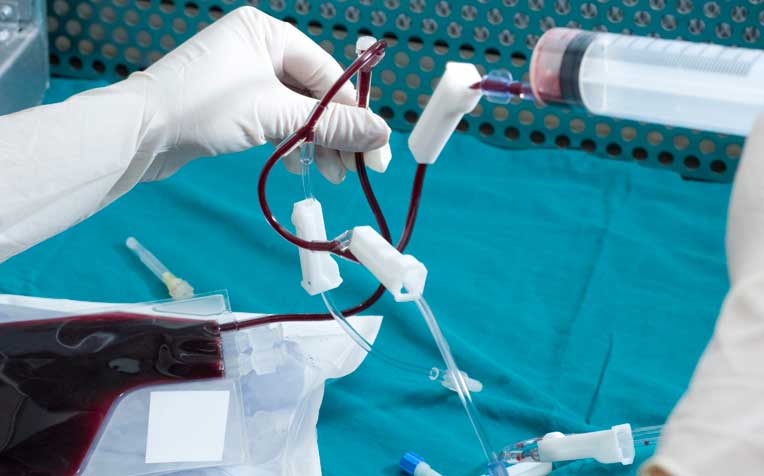Cord blood banking is the method of collecting and storing the blood from the umbilical twine after a baby is born. This blood is rich in hematopoietic stem cells, which have the potential to become varied types of blood cells. Cord blood banking serves as a priceless source of stem cells for medical remedies and research. Here's an overview of the key aspects of cord blood banking:
Collection:
Cord blood is collected instantly after the baby is born and the umbilical wire is clamped and cut.
The collection course of is easy, painless, and poses no risk to the mom or the newborn.
Stem Cell Content:
Cord blood contains hematopoietic stem cells, which have the ability to distinguish into different types of blood cells, together with pink blood cells, white blood cells, and platelets.
These stem cells are much like those found in bone marrow and can be utilized in numerous medical therapies.
Processing:
After https://maps.app.goo.gl/iWZpP2uUdLe5T9586 , the wire blood is processed to isolate and concentrate the stem cells. This entails removing red blood cells and other components to create a stem cell focus.
Cryopreservation:
The processed twine blood is then cryogenically preserved, typically by freezing it at very low temperatures. This preserves the viability of the stem cells for an extended period.
Storage:
The cryopreserved cord blood is stored in specialised amenities, often referred to as wire blood banks. These banks are geared up to maintain the integrity of the saved samples over a few years.
Private Cord Blood Banking:
Parents might select to retailer their child's wire blood in a personal twine blood financial institution for their household's unique use.
This choice supplies the household with access to the wire blood if a member of the family requires a stem cell transplant sooner or later.
Public Cord Blood Banking:
Alternatively, dad and mom can select to donate their baby's cord blood to a public twine blood financial institution. This makes the cord blood obtainable to any particular person in need of a stem cell transplant.
Public cord blood banking contributes to the creation of a diverse and accessible stock of stem cell models for the general population.
Potential Medical Uses:
Cord blood stem cells have been used in the remedy of various illnesses, together with certain kinds of cancers, blood issues, and immune system problems.
Ongoing research explores the potential applications of wire blood stem cells in regenerative medicine and the treatment of other medical circumstances.
Education and Awareness:

Cord blood banks usually engage in academic initiatives to boost awareness concerning the significance of twine blood donation and banking.
Cord blood banking presents families the opportunity to potentially use the stored stem cells for medical therapies in the future. The choice to financial institution cord blood is a personal one and entails issues similar to household medical history, potential well being risks, and the prices related to non-public banking. Public twine blood banking additionally plays a crucial role in providing stem cell resources for people who don't have personal twine blood saved..
